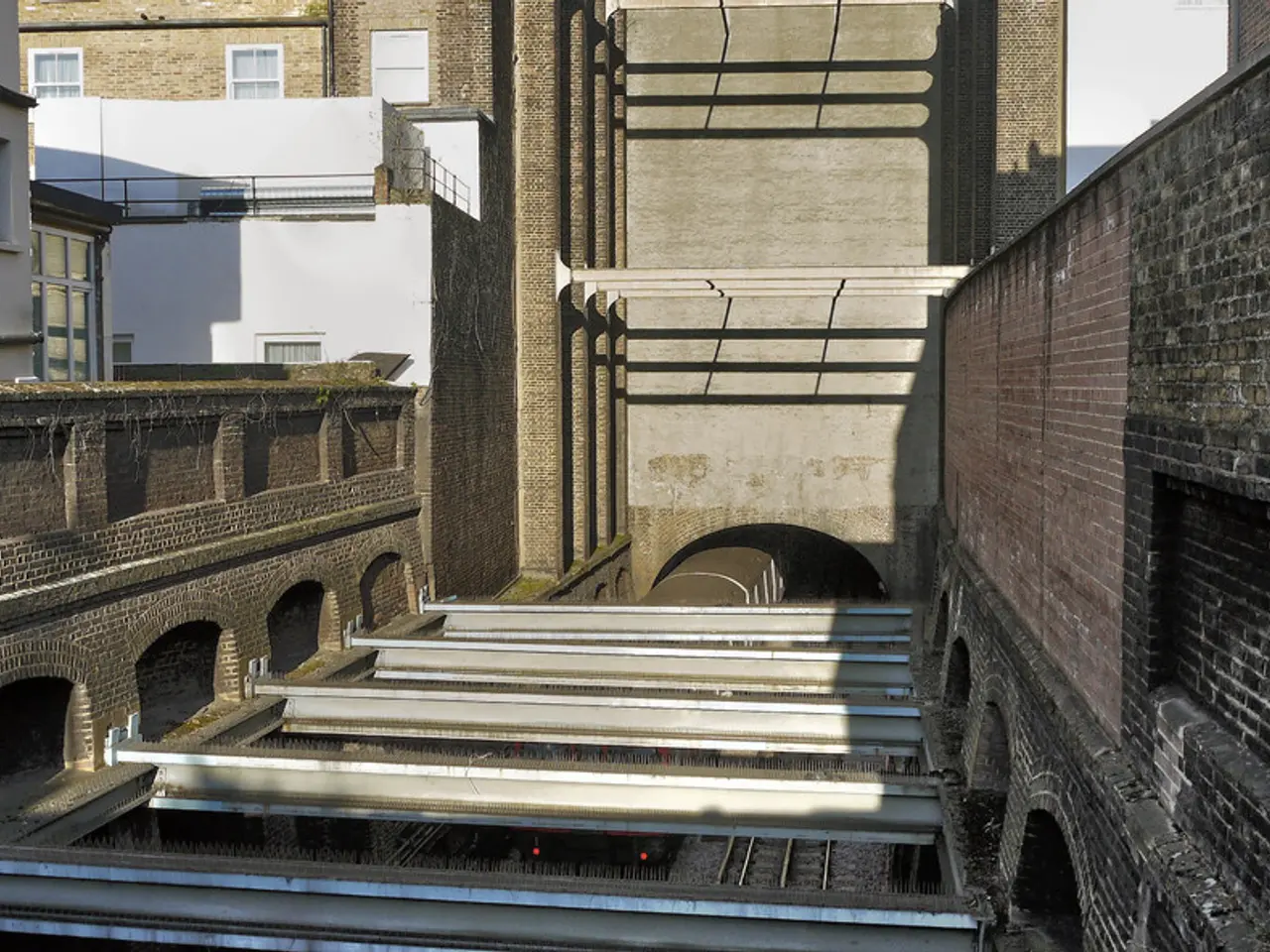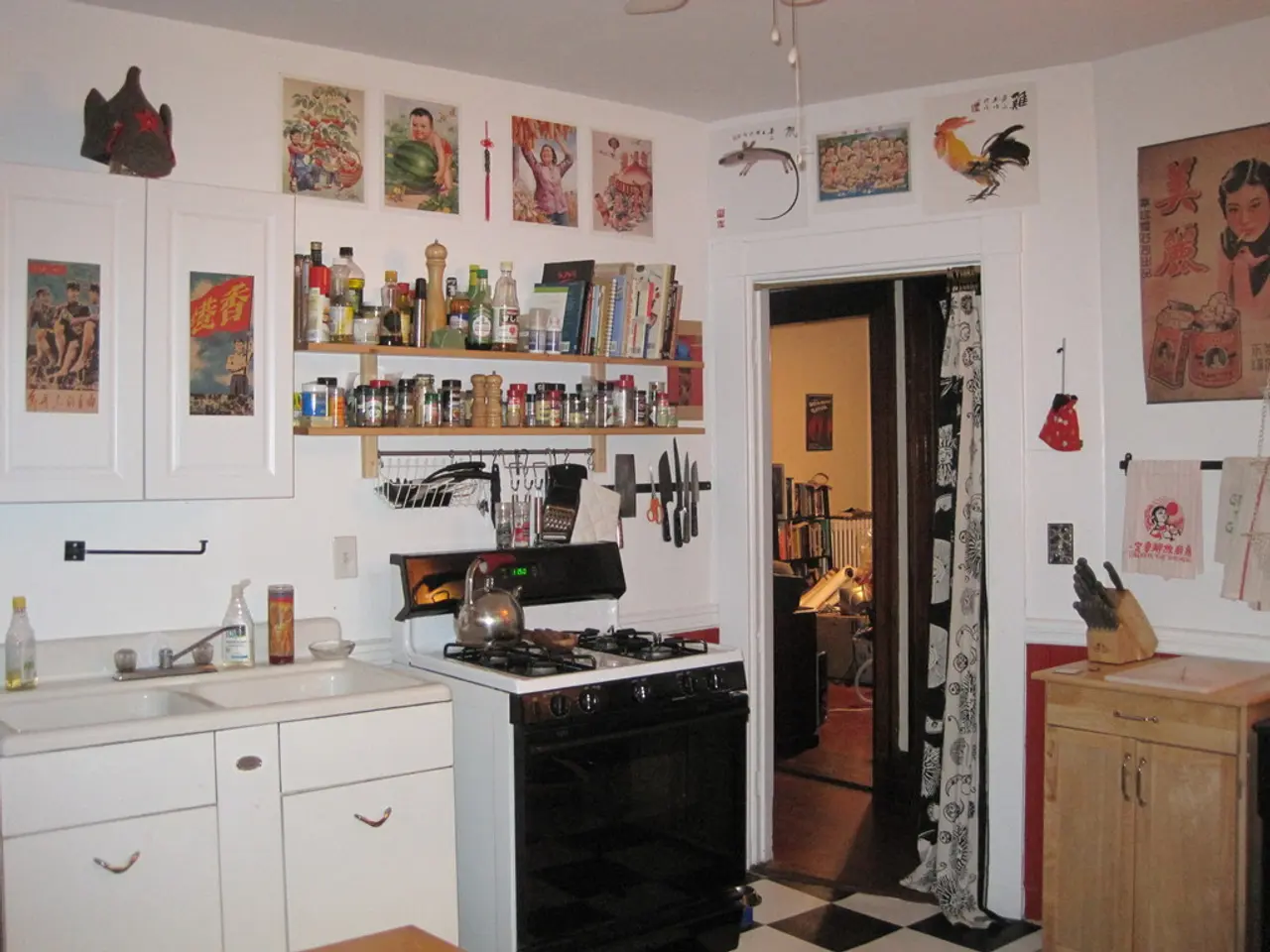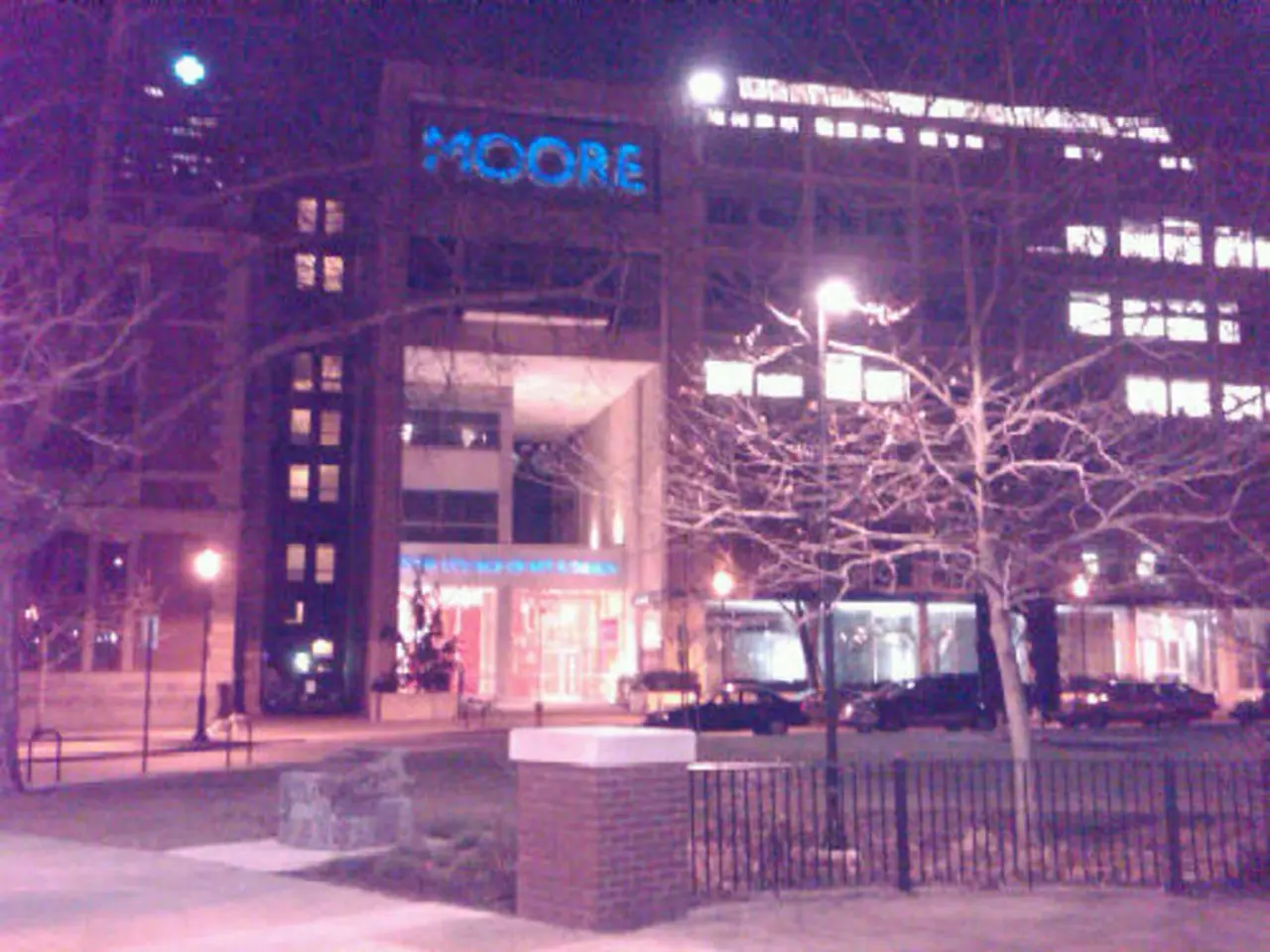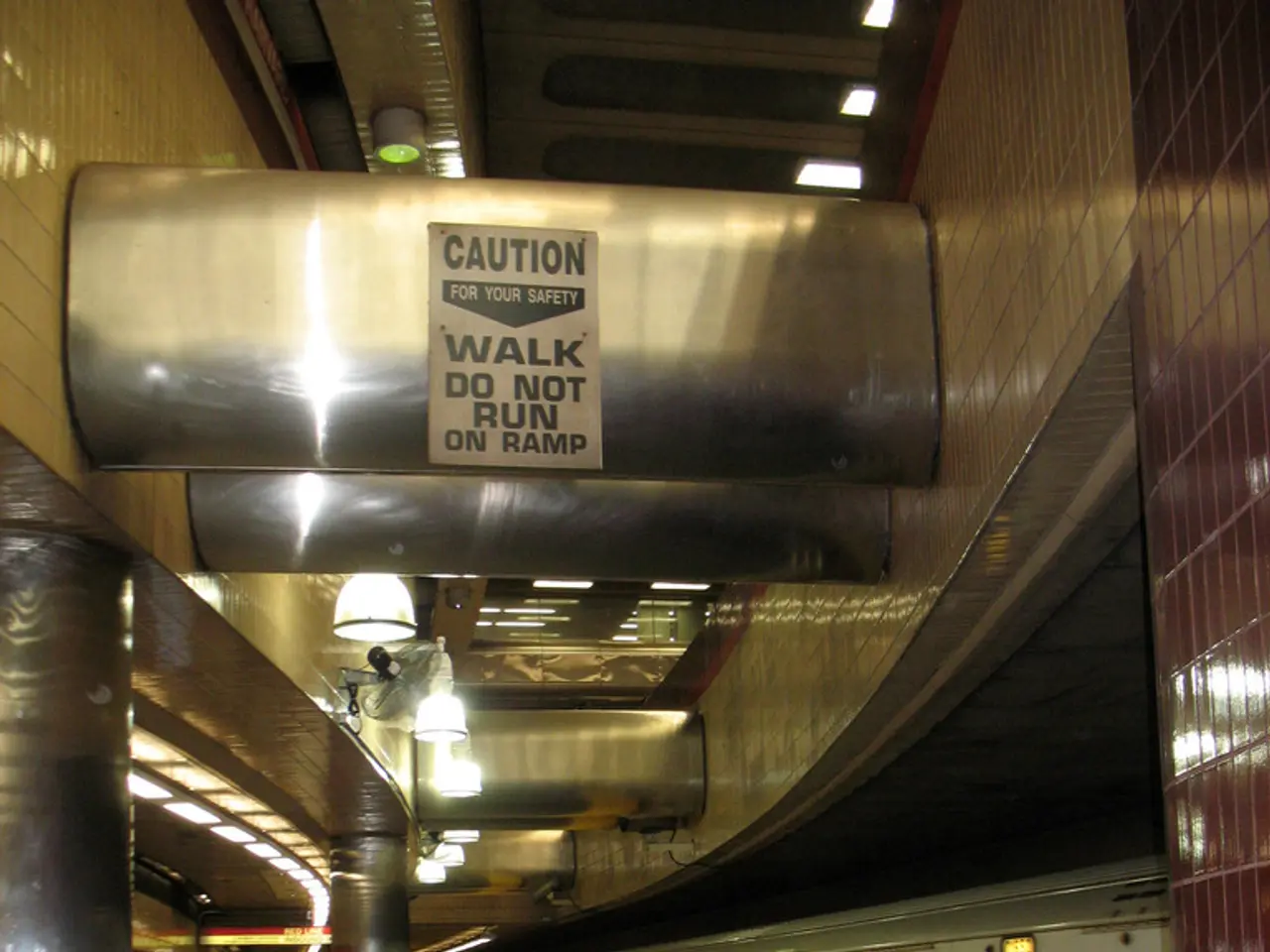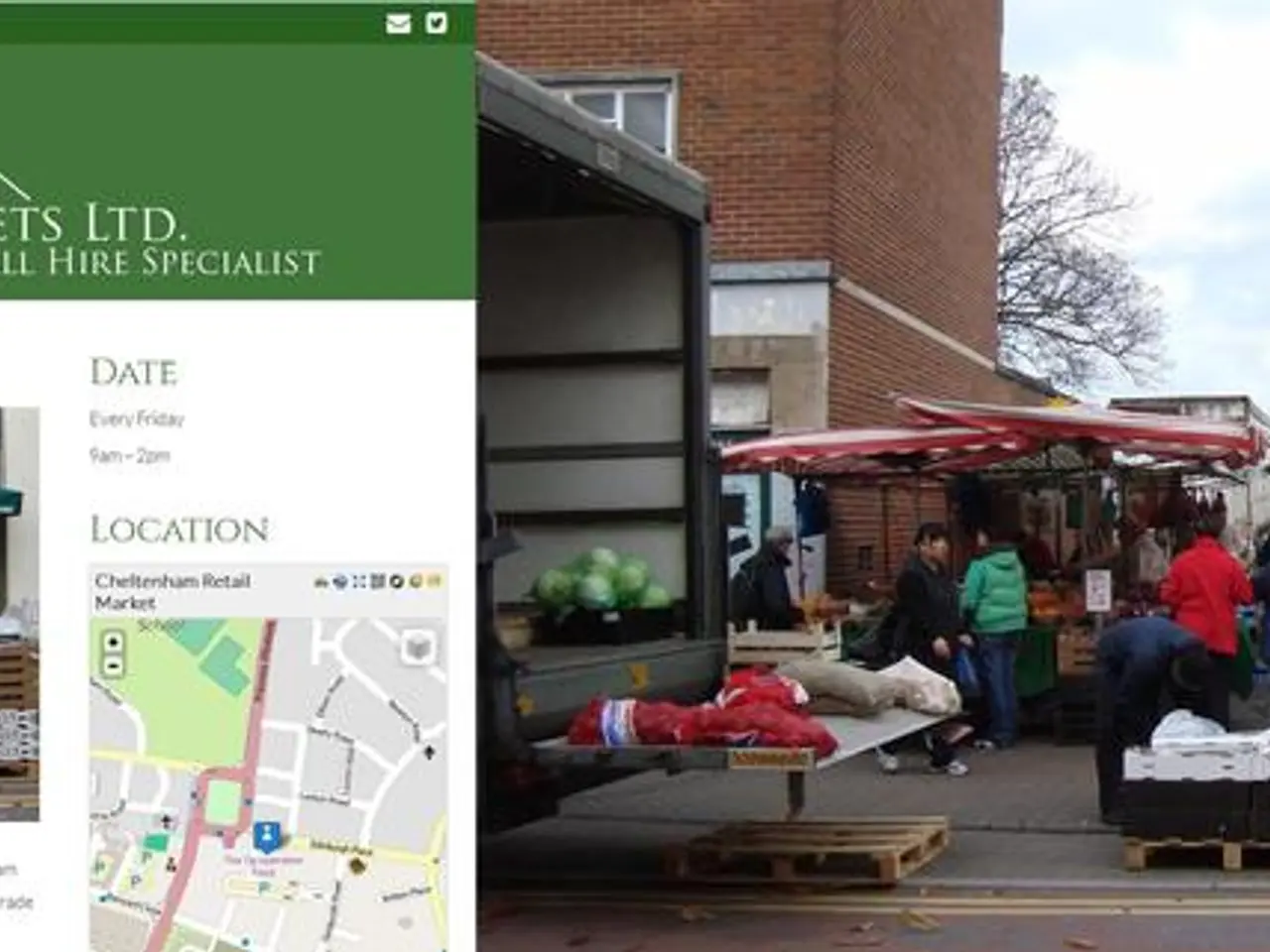The Prospect of Europe Adopting a Rapid, Subway-like Rail System
The Starline proposal, an ambitious plan to revolutionize rail travel across Europe, aims to create an extensive ultra-high-speed rail network connecting 39 European cities, including major capitals, and extending to the UK, Turkey, and Ukraine. The trains are designed to travel at speeds between 186 and 248 miles per hour, dramatically reducing current travel times.
The project envisions new tunnels and infrastructure forming a coherent, continent-wide system with dedicated ultra-high-speed trains. This concept is feasible considering existing high-speed rail technologies, with similar high-speed corridors in Europe already capturing majority market share from airlines for short-haul routes.
However, the scale—13,670 miles of new railway—and integration across numerous countries with varying rail standards, governance, and funding models pose significant challenges. This will require massive coordination, new infrastructure, and overcoming political, legal, and technical fragmentation.
The proposed price tag for the entire project is around €800 billion, a figure that has raised concerns about its realism. Funding is expected to come from a combination of public sources and private companies, with operations planned under public regulation but run by private operators to ensure efficiency and market responsiveness. Energy for the network would be sourced entirely from renewable contracts (wind and solar) to maintain environmental sustainability.
A completely new European Railway Authority (ERA) would be created to oversee the unified system, ensuring standardized timetables, safety, and ticketing across borders, separate from existing European Union agencies. The trains would have a distinctive navy-blue livery with EU star motifs and be equipped for long-haul comfort, including quiet zones, family areas, cafés, and gigabit Wi-Fi.
Despite private companies operating the trains, strict public oversight is envisaged to maintain a coherent, efficient, and safe pan-European network. An 'open' ticketing system would be created, allowing passengers to buy tickets for anywhere in Europe on a single platform. New stations would be built just outside major cities with connections to existing urban transport systems.
If realized, the Starline proposal would mark a historic leap in European infrastructure, deeply transforming continental mobility and sustainability. The project represents a bold and visionary attempt at building a truly integrated and ultra-fast European rail network. While the technical concept is grounded in existing high-speed rail capabilities and promising in reducing carbon footprint and travel times, the scale, cost, and political complexity pose significant hurdles. Success depends on unprecedented cross-national cooperation, funding commitments, and technological coordination.
- The integration of various European countries with different rail standards, governance, and funding models is essential for the successful execution of the Starline proposal.
- To maintain environmental sustainability, the Starline project aims to source energy for the network entirely from renewable contracts like wind and solar power.
- The proposed European Railway Authority (ERA) would oversee the unified system, ensuring standardized timetables, safety, and ticketing across borders, separate from existing European Union agencies.
- A significant challenge in realizing the Starline proposal is the funding, with a proposed price tag of around €800 billion, complicated by the need for coordination between public sources and private companies.
